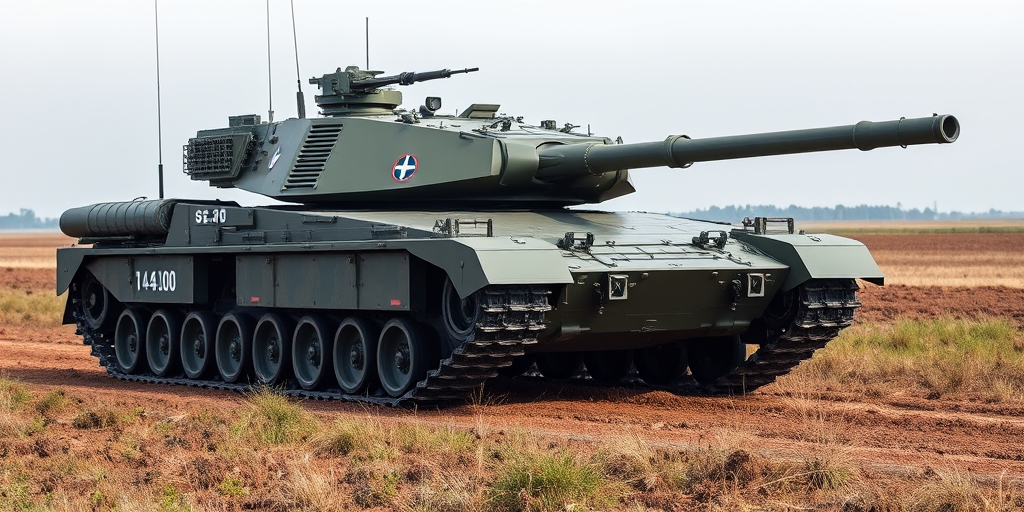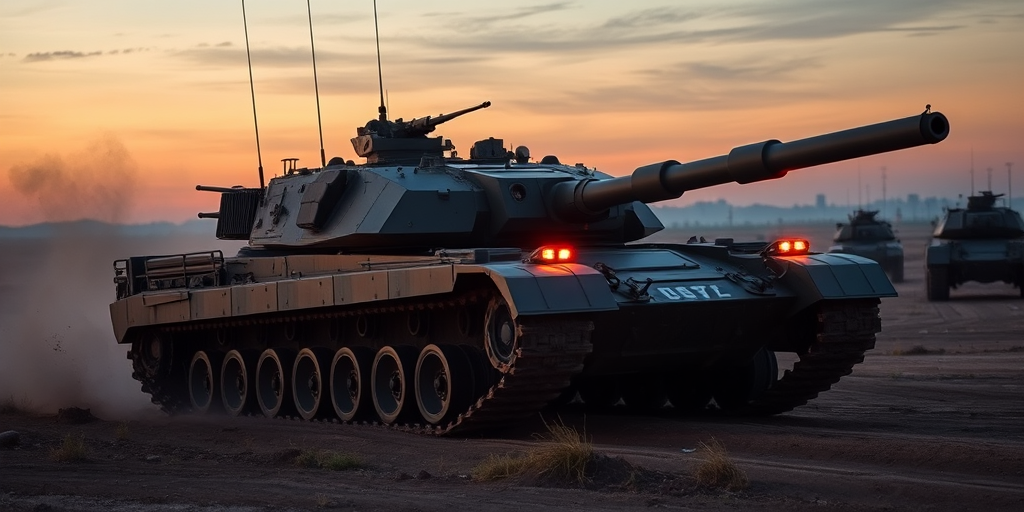Is the T-14 Armata a groundbreaking revolution, or just a high-tech promise with hidden pitfalls? This next-generation tank challenges the contours of modern warfare with its innovative crew capsule and unmanned turret, igniting debates on its reliability and real-world impact. As we delve into its development, performance, and strategic role in Russia’s modernization ambitions, you’ll discover a blend of cutting-edge engineering and complex production challenges that define this armored behemoth. Read on to explore how the T-14 is reshaping military strategy with its remarkable design and technical prowess.
Technical Specifications and Advanced Capabilities of The T-14 Armata Explained

The T-14 Armata is powered by a robust 12-cylinder diesel engine generating 1,500 horsepower, enabling a 55-ton platform to achieve speeds of approximately 80 km per hour. This significant engine performance ensures not only rapid acceleration but also high mobility across diverse terrains. The powertrain is meticulously integrated with advanced suspension and drivetrain systems that support agile maneuverability during high-tempo operations.
The revolutionary armament and digital integration features further set the T-14 apart from legacy tanks. Its unmanned turret, armed with a 125 mm smoothbore cannon and capable of future upgrades to a 152 mm gun, is supported by cutting-edge digital battlefield systems. The integration of AI-assisted targeting and 360° surveillance enhances combat accuracy and situational awareness. Key specifications include:
- Engine: 12-cylinder diesel, 1,500 hp
- Weight: 55 tons with high mobility
- Armament: 125 mm cannon (upgrade potential to 152 mm)
- Digital systems: AI-assisted targeting, 360° surveillance
- Unmanned turret innovation
These technical capabilities position the T-14 Armata at the forefront of next-generation tank technology. Its blend of raw engine power, precision targeting, and streamlined digital command systems marks a decisive leap in armored warfare design. Advanced combat systems and automated turret operation collaborate to provide unparalleled battlefield efficiency, ensuring that the T-14 not only meets current operational demands but also sets new industry benchmarks for future military engagements.
Integration of Digital and Autonomous Systems in The T-14 Armata Explained

The T-14 Armata represents a paradigm shift in modern armored warfare through its sophisticated digital integration. The tank leverages digital battlefield technology with high-resolution displays and encrypted communication systems that ensure rapid data exchange within the crew capsule. This digital framework transforms operational dynamics by automating critical tasks and facilitating real-time situational awareness on complex battlefields.
Within the digital framework, three critical innovations drive the T-14’s battlefield supremacy:
- AI-assisted targeting and automated threat detection
- 360° surveillance integrated with advanced sensor arrays
- Digital control interfaces for enhanced crew command
These integrated features streamline target acquisition while ensuring robust connectivity across the vehicle’s network. They empower the crew by minimizing manual input and optimizing real-time decision-making under rapidly shifting combat conditions.
Digital integration in the T-14 Armata not only enhances tactical targeting but also revolutionizes command and control through network-centric warfare capabilities. Autonomous systems and integrated sensor networks foster a fluid information environment that supports rapid decision-making and adaptive combat strategies. The seamless interplay between digital interfaces and autonomous operations establishes a decisive edge in modern battle management, ensuring that the tank remains responsive to evolving threats and maintains operational superiority in contested environments. This digital revolution not only maximizes combat effectiveness but also ensures a sustained tactical advantage during prolonged engagements, providing relentless superiority.
Final Words
In the action, we examined the T-14 Armata’s historical evolution, technical innovations, and integrated defense systems.
We broke down its revolutionary design, advanced digital control, and feedback from early operational testing.
These sections affirmed the tank’s cutting-edge capabilities and highlighted production challenges amid high-tech demands.
The T-14 Armata: Russia’s Next-Gen Tank Explained reveals a blend of innovative engineering and strategic modernization.
This exploration reinforces the potential for transformative advancements in military technology and instills optimism for future combat readiness.
FAQ
How many T-14 Armata tanks does Russia have?
Russia currently operates approximately 20 T-14 Armata tanks, with limited production due to technical challenges and economic constraints. Initial plans for mass production have been significantly scaled back.
Does the T-14 Armata have a toilet?
The T-14 Armata features an integrated waste management system within its crew capsule, allowing extended battlefield operations without requiring crew members to exit the vehicle.
Is the T-14 Armata better than the Abrams?
The T-14 Armata’s unmanned turret and advanced protection systems offer theoretical advantages, but its real-world combat effectiveness remains unproven compared to the battle-tested M1 Abrams.
Why is Russia not using Armata tanks in current operations?
Limited production numbers, high operational costs, and the need to protect valuable prototype units have restricted the T-14 Armata’s deployment. Technical refinements and crew training requirements also impact operational readiness.
What is the T-14 Armata’s top speed and engine power?
The T-14 Armata reaches speeds of 80 km/h (50 mph), powered by a 1,500 horsepower diesel engine. This combination provides excellent mobility despite its 55-ton weight.
What are the T-14’s main defensive features?
The T-14 incorporates Malachit reactive armor, an Afghanit active protection system, and radar-absorbing materials. These systems work together to defend against various threats, from kinetic projectiles to guided missiles.
What digital systems does the T-14 Armata use?
The T-14 employs AI-assisted targeting, 360-degree surveillance cameras, and advanced battlefield management systems. These digital features enhance crew awareness and combat effectiveness.
